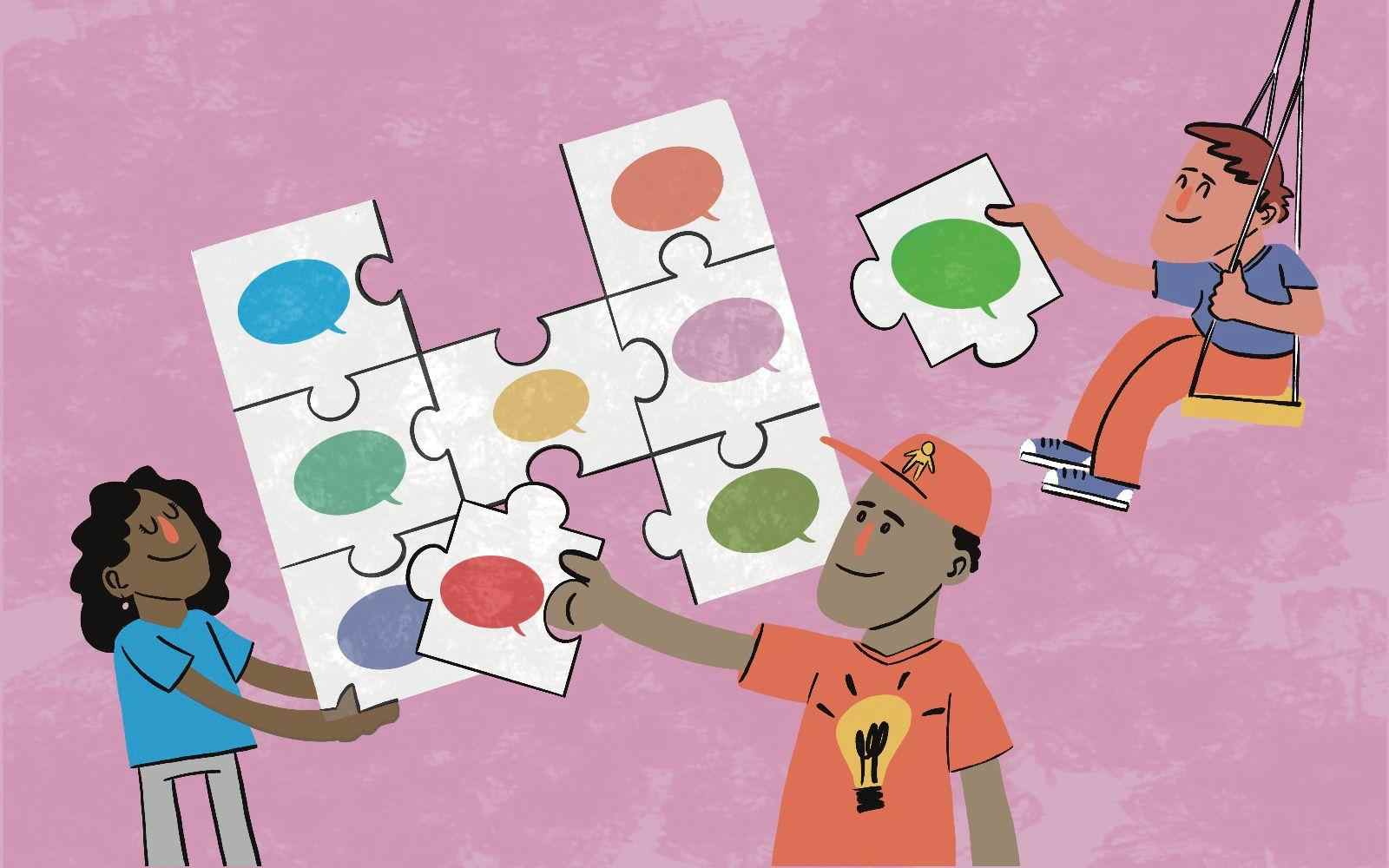Changing relationship narratives: Sasha and her students's journey with changemaking
Discover the transformative impact of social-emotional learning and changemaking skills as Sasha guides second graders through trauma, empowering them to be problem solvers and compassionate leaders.

In the challenging landscape of a diverse Title I school district, Sasha, a dedicated general education teacher, has discovered the power of integrating changemaking skills into her second-grade classroom. As part of the school’s and district’s equity team, she saw an opportunity to connect the dots when she learned about the Time for Change program. For Sasha, her biggest challenge is to give support to kids as they are constantly being challenged by traumatic events that they must deal with in the news and social media. Social emotional and changemaking skills help her teach her students how to deal with that reality, showing them that not everything they see is who they have to be, they can change the narrative of who they are.
Working with second graders is one of the favorite parts of the job for Sasha: “They already have a lot of experience and yet so much ahead to experience, it is a sweet spot”, she says. While she had already introduced growth mindset concepts, incorporating changemaking skills added a new dimension to their development. By reinforcing the idea that they are capable of effecting change, Sasha witnessed her students embrace empowerment on a whole new level. The language of "you are a changemaker" resonated deeply, inspiring them to see themselves as problem solvers ready to tackle the world's challenges.
Through the integration of SEL materials and the changemaking skills curriculum, Sasha observed significant growth in her students' empathy and understanding of others. They began demonstrating genuine care for their peers, actively engaging in acts of kindness and compassion. Equipped with a toolbox of skills, they gained the confidence to navigate challenges independently. A notable shift occurred in problem-solving approaches, transforming the classroom dynamic from "you versus me" to "us versus the problem." Students now collaborate, using empathy and effective communication to resolve conflicts, granting Sasha the opportunity to guide them toward becoming self-reliant problem solvers.
During lunch time, when conflicts happened, students would go straight to Sasha, asking her to solve the problem. Now, they are working through their issues on their own, using empathy and communication skills. Sasha has been listening to them say things like “that's not something that I've experienced in my life, but please tell me what that feels like for you so that I can try to understand”, and she finds that essential: “I'm here for them and I will always be as much as I can. But once they go out into the world, they will need to sort through these things on their own. They can now be problem solvers and use their higher order thinking together in community to do it”, Sasha adds.
Many students appreciate this new turn to their learning path and express their gratitude directly to Sasha with a thank you or a hug. Other students are less direct. Sasha was thanked by one of her student’s parents recently. They shared that their daughter’s behavior had changed a lot at home. The girl used to completely shut down and become really upset. Now she is able to express herself through art and through physical gestures, like a hug. Another student, coming from a homeless camp, had learned in her context that she had to fight for basic things, like food. As a result, she would be very aggressive in school. She, as well as the other students, needed to unpack that together, so she could learn that she was now on a safe space where that was not the norm anymore and students could empathize with her behavior. Practicing empathy and a sense of community really helped in that case.
Sasha has also witnessed changes in students' participation and decision-making within the classroom. They now have a say in selecting topics and determining how they want to learn, including incorporating movement and hands-on activities. Surprisingly, the resources and activities associated with changemaking skills required minimal modifications to suit the students' age group. Inspired by Sasha's success, other teachers in the school have started incorporating these resources as well. The Educator's Lab served as a powerful tool for inspiring collaboration and sharing experiences among educators, creating a supportive community. “It’s all about making small changes and incorporating the changemaking skills and activities into what you are already working with your students”, Sasha shares.
As a next step, Sasha hopes to start an after-school club to work with her students in identifying problems in the school and finding solutions for them together. “We're up against a lot of things that are very traumatic for children in our country, but our students are getting ready to unpack that and know they can make the change”, she says. “I just want people to know that there is so much that we have the power to do. It's easy to get weighed down by things that are happening right now in our communities. I want people to know that we can make change, and that will improve behaviors, students will feel more empowered and more in charge of the decisions that they're making”, Sasha continues. Sasha’s story exemplifies how by equipping students with the necessary skills and mindset, we cultivate a generation of young leaders who are poised to make a difference in their communities and beyond even when they are living in a challenging environment.